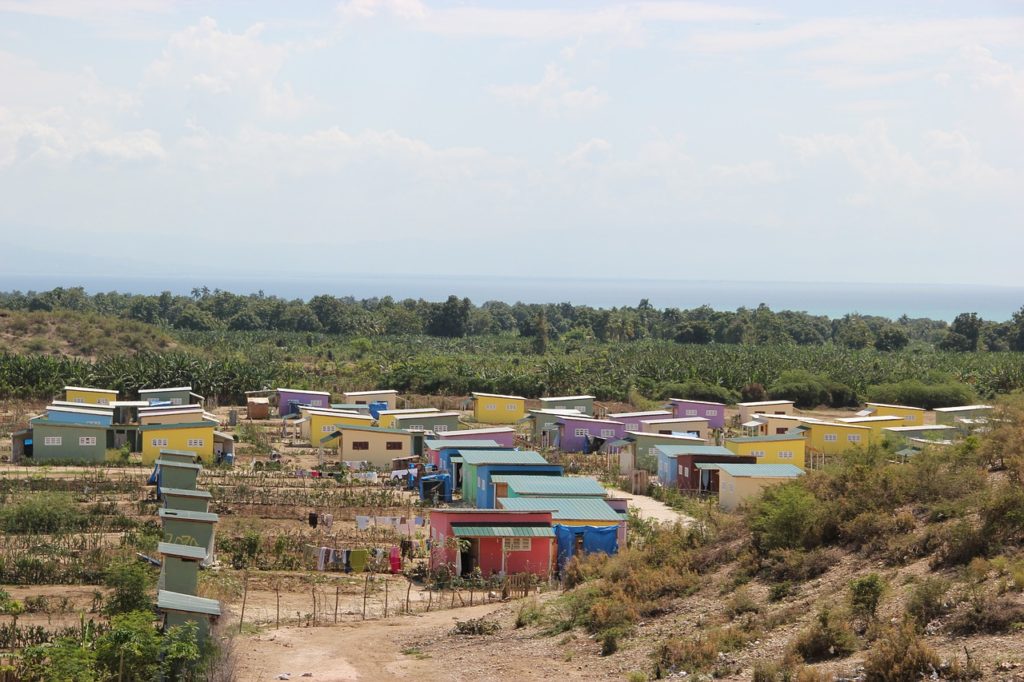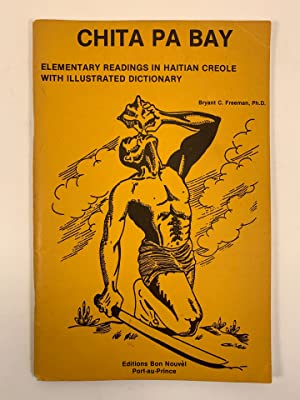I’ve completed my Duolingo course – it’s a beta offering so it’s not a full course. And I’ve completed the curriculum offered by my teacher, which was very thorough for elementary kreyòl ayisyen but is really only a first-year program.
But I’m neither fluent nor confident in my speaking and listening skills. And while I can kinda read simple kreyòl, it’s still a challenge to jump into anything more complex than a primer written for students who are not Haitian. (The typical coursework offered for foreign learners is far, far different than even the elementary books written for children in Haiti’s schools. Even at an early age, Haitian children are simply far more exposed to the language and its complexities than anyone picking it up as an adult speaking another language. Which I have learned to my interest and frustration when I purchased children’s books written in Haitian Creole!)
There is a chasm between where I am based upon my coursework and the skill level that I need to feel comfortable having a conversation with someone or picking up a newspaper or magazine, or browsing a website. And of course, I’m completely unable to grasp spoken kreyòl in a newscast or video.
Well, I have ways I’m working to improve my literacy and comprehension, including listening to more videos where people are speaking in conversation or just giving a lecture or analysis. (Wilky Toussaint is very good for this, even though he speaks ‘vit vit’!)
And I’m also tackling “Chita Pa Bay,” an interesting folk tale of sorts. From what I gather, this is a story written by a Haitian author in Haiti at the time, but in French. Gouverneurs de la Rosée / Masters of the Dew / Mèt Lawouze is a short novel of “hope and human solidarity.”
I’ve never, ever heard of this story, so every single chapter is a revelation of the plot. The story centers around three people who interact with each other: Mannwèl, a recent returnee to Haiti from Cuba where he had gone to work for fifteen years cutting sugar cane; Jèvilen, a native of Haiti who takes a near-instant dislike of Mannwèl; and Anayiz, also a native, who is the romantic interest for both Mannwèl and Jèvilen.

It took me a few chapters to get into the story. It starts slow, with some background about the circumstances of the endemic poverty of the small village of Fonwouj and the people who live there. And it does not give much in the way of foreshadowing of who the people are and what they will do.
So I’m really loving that, because I have to read it and understand it to know what’s going on – but even better than that is that the story is engaging and challenging and funny. I can just see the interactions between the valiant Mannwèl, who’s curious and active in solving problems, Jèvilen, who carries the anger of his family towards Mannwèl and his family, and Anayiz, who’s seen as someone who “belongs” to Jèvilen but who will make her own choices!
And I’m loving that this book is so cleverly written and translated as to keep the vocabulary of each chapter within the grasp of the learner. Each chapter does introduce new words that are then used in future chapters, but as long as you read it in sequence, you do not get lost.
I’ll admit I have had to stop a few times to puzzle out a sentence or phrase. “What the heck does this mean?”
But taking the time to think about it and parse the words and phrases helps me to get more understanding of Haitian Creole. So it helps.
Here’s what I do for each chapter:
First, I read through the chapter on my own, one phrase or sentence at a time. I don’t usually “get” it the first time, but I get the sense of it.
Then I read it again, more fluidly, not stopping, and I typically pick up the meaning much better because I’m now familiar with the construction.
Then I write the enter chapter out in longhand. This is something that I find really helps me pick up the meaning and the rhythms, and it is at this point I’m usually laughing at the funny bits.
Then I record the chapter, aiming for a natural rhythm and intonation, with a genuine feel for understanding the meaning.
Then I write out the questions and answer them. The questions often can be answered easily because you have the chapter right there, but I am challenging myself not to just rephrase what I’m reading but to form new sentences and write fuller explanations.
It’s an interesting experience. I really do not know where this book is going. There is very little available about the story online, so I am having to do all the work to understand it!
But it is just a treat to be able to read it and puzzle it out, and then to build out a conversation with myself about the book.
I’d still be at sea were I to be dropped into any city in Haiti. I don’t know the language yet. But I’m doing all I can to learn it to the point of fluency.
Article picture from the original publication CHITA PA BAY, and is drawn by Astrel Gilles, from Dr. Raphael G. Urciolo (Fayo)’s 3333 Proverbs in Haitian Creole.


Thank you. I just finished Duolingo and realized I have a long way to go. I can not find other apps so I am trying to read Chita Pa Bay. Any help would be appreciated.
I would be more than happy to help. I’ll send you a link to your email attached to this comment.